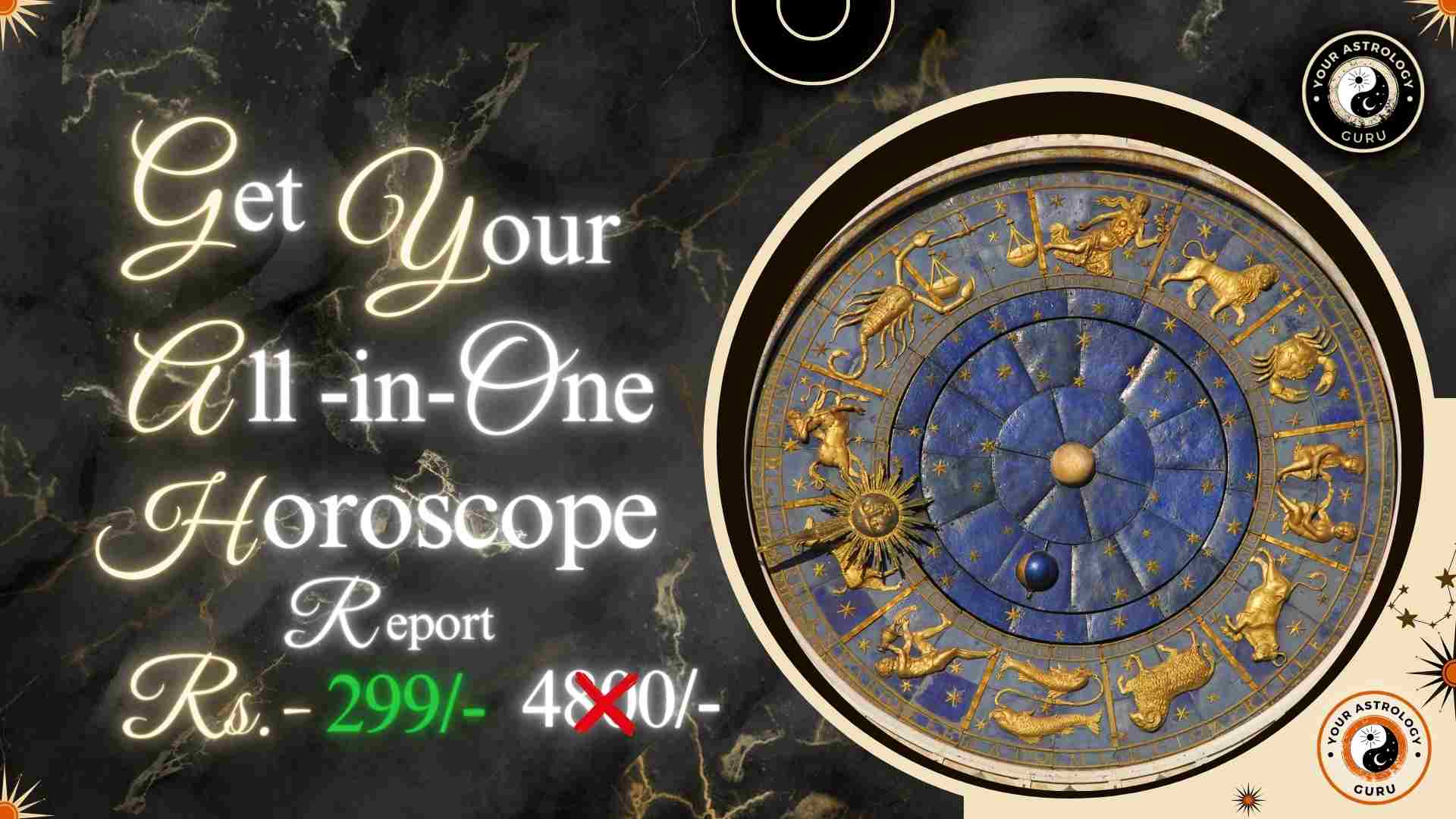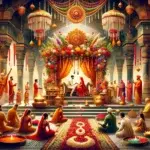The Manusmriti, also known as the Laws of Manu, is an ancient Hindu text that serves as a code of conduct and social order for Hindus. It is believed to have been written by the sage Manu, who is considered the progenitor of humanity in Hindu mythology. The Manusmriti outlines various rules and regulations for individuals and society, including guidelines for personal conduct, marriage, inheritance, and social hierarchy.
The caste system, which is deeply rooted in Indian society, is closely associated with the Manusmriti. The caste system is a social structure that divides people into different groups based on their birth and occupation. It is believed to have originated from the Vedic period in ancient India and has evolved over time. The four main castes are Brahmins (priests and scholars), Kshatriyas (warriors and rulers), Vaishyas (merchants and farmers), and Shudras (laborers and servants). Below these four castes are the Dalits, who are considered outside of the caste system and historically faced severe discrimination.
Understanding the history and impact of the Manusmriti and the caste system is crucial for comprehending the complexities of Indian society. These systems have shaped social relationships, religious practices, and economic opportunities for centuries. By examining their origins, justifications, criticisms, and contemporary views, we can gain insight into the challenges faced by marginalized communities in India and work towards a more equal and just society.
Table of Contents
The Origins of the Manusmriti and its Role in Hinduism
The Manusmriti is believed to have been composed around 200 BCE to 200 CE, during a period when Hinduism was undergoing significant changes. It was written in Sanskrit and consists of 2,685 verses divided into twelve chapters. The text draws heavily from earlier Vedic texts and provides guidelines for personal conduct, social order, and religious rituals.
The Manusmriti plays a significant role in shaping Hindu society and religious practices. It establishes the varna system, which is the basis of the caste system. The varna system categorizes individuals into four main groups based on their inherent qualities and duties. Brahmins are considered the highest caste as they are believed to possess knowledge and wisdom. Kshatriyas are responsible for protecting society and ruling over it. Vaishyas engage in trade and agriculture, while Shudras serve the other three castes.
The Manusmriti also outlines various rituals and ceremonies that individuals must perform based on their caste. It emphasizes the importance of dharma, or duty, and karma, or the consequences of one’s actions. The text provides guidelines for marriage, inheritance, and social interactions, reinforcing the hierarchical structure of society.
The Caste System: A Brief History and Overview
The caste system in India has a long history that dates back to ancient times. Its origins can be traced to the Vedic period, around 1500 BCE, when society was divided into four main varnas based on occupation. Over time, this system became more rigid and hereditary, leading to the formation of distinct castes.
The four main castes in the caste system are Brahmins, Kshatriyas, Vaishyas, and Shudras. Brahmins are considered the highest caste as they are believed to be closest to God and possess spiritual knowledge. They traditionally serve as priests and scholars. Kshatriyas are warriors and rulers who protect society and govern it. Vaishyas engage in trade, agriculture, and business activities. Shudras are laborers and servants who serve the other three castes.
Below these four castes are the Dalits, also known as untouchables or Scheduled Castes. Dalits were historically considered outside of the caste system and faced severe discrimination and social exclusion. They were assigned menial and degrading tasks and were not allowed to enter temples or participate in religious ceremonies.
The caste system is deeply ingrained in Indian society and has influenced various aspects of life, including marriage, occupation, social interactions, and access to resources. Despite efforts to eradicate caste-based discrimination, it continues to persist in many parts of India.
The Intersection of Religion and Social Hierarchy in India
Religion and caste are deeply intertwined in Indian society. Hinduism, the dominant religion in India, has played a significant role in shaping the caste system and justifying social hierarchy. According to Hindu beliefs, individuals are born into a particular caste based on their karma from past lives. This concept of karma reinforces the idea that one’s social position is predetermined and cannot be changed.
Religious rituals and ceremonies are often caste-specific, with each caste having its own set of customs and practices. Brahmins traditionally perform religious ceremonies and rituals, while other castes have limited access to these practices. Temples and religious institutions have historically been controlled by the upper castes, further reinforcing social hierarchy.
The intersection of religion and social hierarchy has had a profound impact on social and economic mobility in India. Individuals born into lower castes often face discrimination and limited opportunities for education, employment, and upward mobility. The stigma associated with lower castes can also affect social interactions and relationships.
The Manusmriti and the Justification of Caste-Based Discrimination
The Manusmriti provides a religious justification for the caste system and the discrimination faced by lower castes. It outlines the duties and responsibilities of each caste, reinforcing the idea that individuals must adhere to their prescribed roles based on their birth.
The Manusmriti justifies caste-based discrimination by stating that each caste has its own inherent qualities and duties. It suggests that individuals must accept their social position and perform their duties without questioning or seeking to change their status. The text also provides guidelines for punishment and exclusion for those who deviate from their prescribed roles.
Examples of discriminatory practices based on caste can be seen in various aspects of Indian society. Dalits, in particular, have historically faced severe discrimination and social exclusion. They have been denied access to education, employment opportunities, and basic human rights. Dalits have been subjected to physical violence, sexual assault, and forced labor.
Criticisms of the Manusmriti and the Caste System
The Manusmriti and the caste system have faced significant criticism for perpetuating discrimination and inequality in Indian society. Critics argue that these systems are based on outdated and oppressive beliefs that have no place in a modern, democratic society.
One of the main criticisms of the Manusmriti is its treatment of women. The text assigns women a subordinate role in society and restricts their freedom and autonomy. It outlines strict rules for women’s behavior, including restrictions on education, marriage, and inheritance rights. Critics argue that these rules perpetuate gender inequality and limit women’s opportunities for personal and professional growth.
The caste system has also been criticized for its impact on social mobility and economic opportunities. Individuals born into lower castes often face discrimination and limited access to education and employment. This perpetuates a cycle of poverty and inequality, making it difficult for individuals to escape their predetermined social position.
The Impact of the Manusmriti and the Caste System on Indian Society
The Manusmriti and the caste system have had a lasting impact on Indian society. Discrimination based on caste continues to persist in various forms, affecting millions of people across the country.
Dalits, in particular, continue to face severe discrimination and social exclusion. They are often denied access to education, healthcare, employment opportunities, and basic human rights. Dalit women face multiple forms of discrimination based on their caste and gender, making them particularly vulnerable to violence and exploitation.
The caste system also affects social interactions and relationships. Inter-caste marriages are still considered taboo in many parts of India, leading to social ostracization and violence against couples who defy societal norms. The stigma associated with lower castes can also affect individuals’ self-esteem and mental well-being.
Contemporary Views on the Manusmriti and the Caste System
Contemporary scholars and activists have challenged the Manusmriti and the caste system, arguing for a more inclusive and egalitarian society. They argue that these systems are based on outdated beliefs and practices that perpetuate discrimination and inequality.
Many scholars argue that the Manusmriti should not be considered a sacred text but rather a historical document that reflects the social norms and values of a particular time period. They emphasize the need to reinterpret religious texts in light of modern values and principles.
Activists and organizations have been working to raise awareness about caste-based discrimination and advocate for the rights of marginalized communities. They have been instrumental in challenging discriminatory practices, promoting social justice, and empowering individuals from lower castes.
Efforts to Reform the Caste System and Abolish Discrimination
Efforts to reform the caste system and abolish discrimination have been ongoing for decades. The Indian government has implemented various affirmative action policies, known as reservations, to provide opportunities for individuals from lower castes in education, employment, and politics. These policies aim to address historical injustices and promote social equality.
Civil society organizations and activists have also played a crucial role in challenging caste-based discrimination. They have been involved in advocacy, awareness campaigns, legal interventions, and community empowerment initiatives. These efforts have helped raise awareness about caste-based discrimination, challenge discriminatory practices, and promote social justice.
The Role of Education and Awareness in Combating Caste-Based Discrimination
Education and awareness play a crucial role in challenging caste-based discrimination and promoting social equality. Education can empower individuals from lower castes by providing them with knowledge, skills, and opportunities for upward mobility. It can also help challenge discriminatory beliefs and practices by promoting critical thinking and empathy.
Awareness campaigns and initiatives are also important in challenging caste-based discrimination. They help raise awareness about the impact of discrimination on individuals and communities, promote empathy and understanding, and mobilize support for social justice initiatives. These campaigns can be conducted through various mediums, including media, art, literature, and community engagement.
Moving Towards a More Equal and Just Society
Understanding the Manusmriti and the caste system is crucial for comprehending the complexities of Indian society. These systems have shaped social relationships, religious practices, and economic opportunities for centuries. However, they have also perpetuated discrimination and inequality, particularly against marginalized communities.
Efforts to reform the caste system and abolish discrimination have made significant progress, but there is still a long way to go. Education and awareness play a crucial role in challenging caste-based discrimination and promoting social equality. By empowering individuals from lower castes, raising awareness about discrimination, and advocating for social justice, we can work towards creating a more equal and just society in India. It is the responsibility of individuals, communities, civil society organizations, and the government to continue these efforts and ensure that no one is discriminated against based on their caste.











